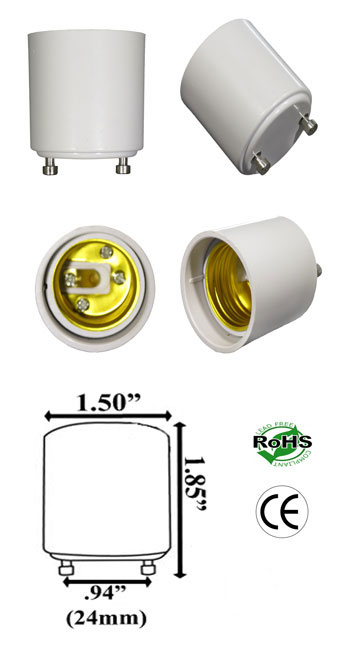mbrooke
Batteries Included
- Location
- United States
- Occupation
- Technician
Why doesn't the US just use 240v too line to line and omit using the neutral as 120v? What's with 120v? It requires thicker wires from more current. Our 240v appliance has thinner wires. Rest of world use 220-240v. Maybe USA uses 120v to avail of lower 150v MCOV Surge Protective Devices to take advantage of lower let thru voltage (related to the VPR) for better surge protection?
American exceptionalism and chauvinism at worst. At best, legacy. Its just the voltage that we started off with and at no point was it seen as being worth the effort to change it. Granted sooner rather then latter is always better, but if everything works well enough, why change it? That and the fact the code restricts residential equipment under 1440 va and lighting to 120 volts. Of course I doubt it has much to do with safety.
Now, if I ran the world I'd certainly convert the US over to 240 and connect everything line to line. It would simply wiring, code, safety, human health and electrical theory profoundly. To me its just common sense, but come reality I am just one voice.






